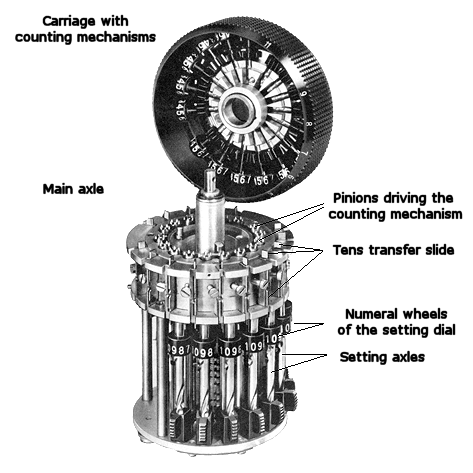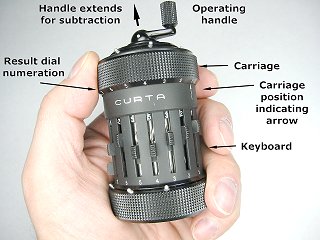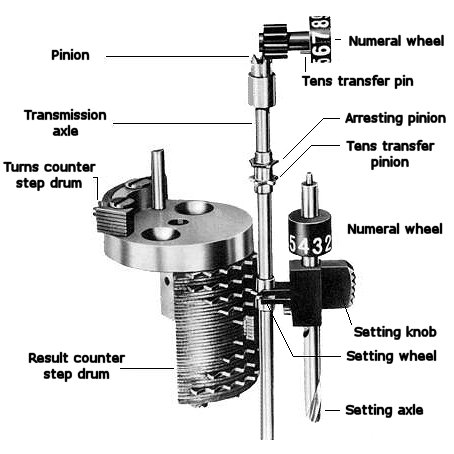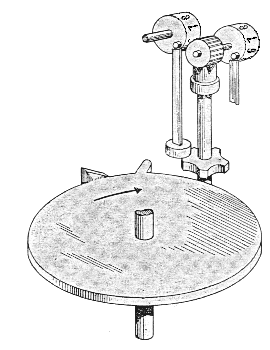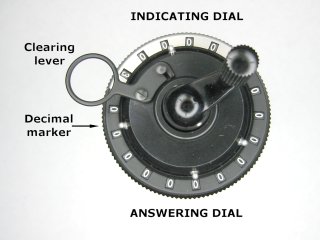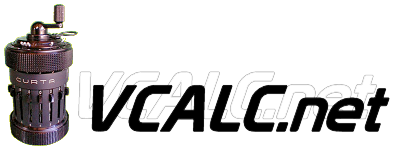
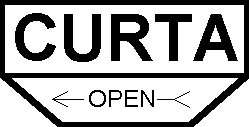
Miniature Machine Performs Engineering Calculations
PRODUCT ENGINEERING -- OCTOBER, 1952
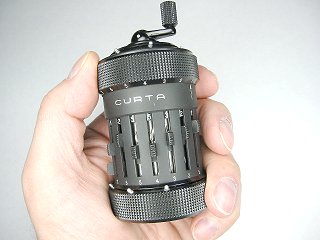
(since April 22, 1997)
Last Update: August 17, 2021 -- THE CURTA REFERENCE
By using a single step drum to actuate
successively each digit setting of the machine instead of an individual drum for
each setting, Contina, Ltd., Mauren Liechtenstein has made the Curta Calculator
small enough to be handheld during operation.
On its circumference the step drum has 19 rows of gear teeth, each row with a
number of teeth ranging from one to ten. Nine rows are for addition, and nine
cows carry the complementary digits of the addition rows, since subtraction is
performed by adding complements. One role has ten teeth for first digit
subtraction. When subtracting, all digits from too to eight are complemented to
the false complement nine, but digit No. 1 must be complemented to the true
complement ten. So the axle of digit No. 1 has an additional Cog wheel which
is struck by the top row of ten teeth when subtracting.
Calculations are performed by driving the drum past each of the setting wheels
to transfer a number corresponding to the number of teeth encountered. An
automatic locking device prevents rotation in the wrong direction so that there is
minimum wear of rotating parts. The calculator has been tested with 40,000,000
revolutions without appreciable wear.
Major components of the machine are: the carriage that can be moved to Six
different positions for multiplication and division; the number transmission
mechanism; the ten's carry mechanism; and the result and counter dials.
This precision calculator that weighs eight oz performs addition, subtraction,
multiplication, division, squaring, cubing, and square root operations. The
number set is transferred to the result dial once for each turn of the operating
handle while the revolution counter records the number of these turns.
Automatic devices prevent errors from mishandling. For instance, if one turn too
many is made, it can be eliminated by a turn of the handle with the axis in the
other position (subtracting instead of adding).
Capacity of the machine is 8x6x11 places. Eight place digits can be set for
addition or subtraction; six place multipliers can be used; and maximum results
of eleven places can be obtained.
In Canada, the Curta is distributed by the General Adding Machine Company,
Toronto; and in the United States the distributor is the Curta Calculator
Company, Chicago, Ill.
Carriage can be rotated into any one of six
positions for multipliers of more than one digit. If indicating arrow points to 1 of
result dial place numeration the number set is transferred unaltered to the result
dial, with arrow at 2, number is transferred 10 times; with arrow at 3, number is
transferred 100 times, and so on. Turns are recorded in the counter dial
accordingly, as 1, 10, or l00.
TRANSMISSION OF NUMBERS As setting
knob is pulled down, it rotates the setting axle so that the proper number
appears on the setting dial. At the same time it pulls down the setting wheel to a
position on the toothed step drum where the number of teeth corresponds to the
number set. Turning the operating handle revolves the main axle which rotates
the drum so that it acts successively on each of the eight setting wheels. The
rotation of each setting wheel is transmitted through the transmission axle to a
pinion which drives the numeral wheel in the result dial. This cut shows one
digit operation.
TEN'S TRANSFER MECHANISM. As the zero
on the numeral wheel is moved so that it is visible in the result dial, the tens
transfer pin in the wheel depresses the tens transfer slide of the next digit. The
slide then depresses it's tens transfer pinion so that it contacts a single tooth in a
plate above the step drum and on the same axle. This tooth moves the pinion
one step forward adding one to the next digit. The pinion is then returned to its
original position by a curved plate behind the tooth.
TOP VIEW of machine show six place
counter dial, and 11 place result dial. Clearing level is locked during operation
by release button. When released, one complete turn clears both dials. But
each dial can be cleared independently, by rotating the clearing lever overall the
openings of that dial. Stops at the boundries between the counter and result
dials assist independent clearing.
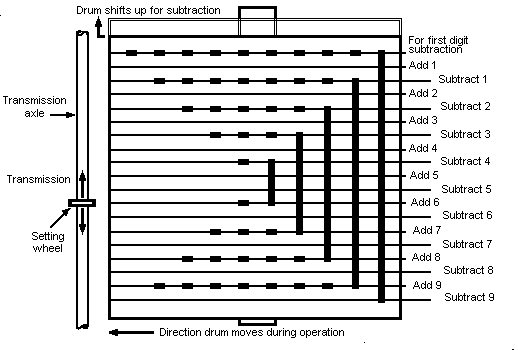
 corrected image (right) from Romano Manaresi (7/11/2010)
corrected image (right) from Romano Manaresi (7/11/2010)
SCHEMATIC of toothed portion of step drum
explains how addition and subtraction operations are performed. During normal
operation, teeth on the addition lines mesh with the setting wheels, adding a
number corresponding to the number of teeth encountered. For subtraction, the
operating handle is extended, raising the drum so that subtraction lines engage
the setting wheels, subtraction is performed by adding the complement of the
number that is set. Here wheel is set to add 6.
PRODUCT ENGINEERING; OCTOBER, 1952; pp160-161
Historical contribution from Dan Weinstock (weindan@hws.edu)
The Calculator Reference by Rick Furr (rfurr@vcalc.net)
Back to The CURTA Calculator Page
Back to The Calculator Reference






